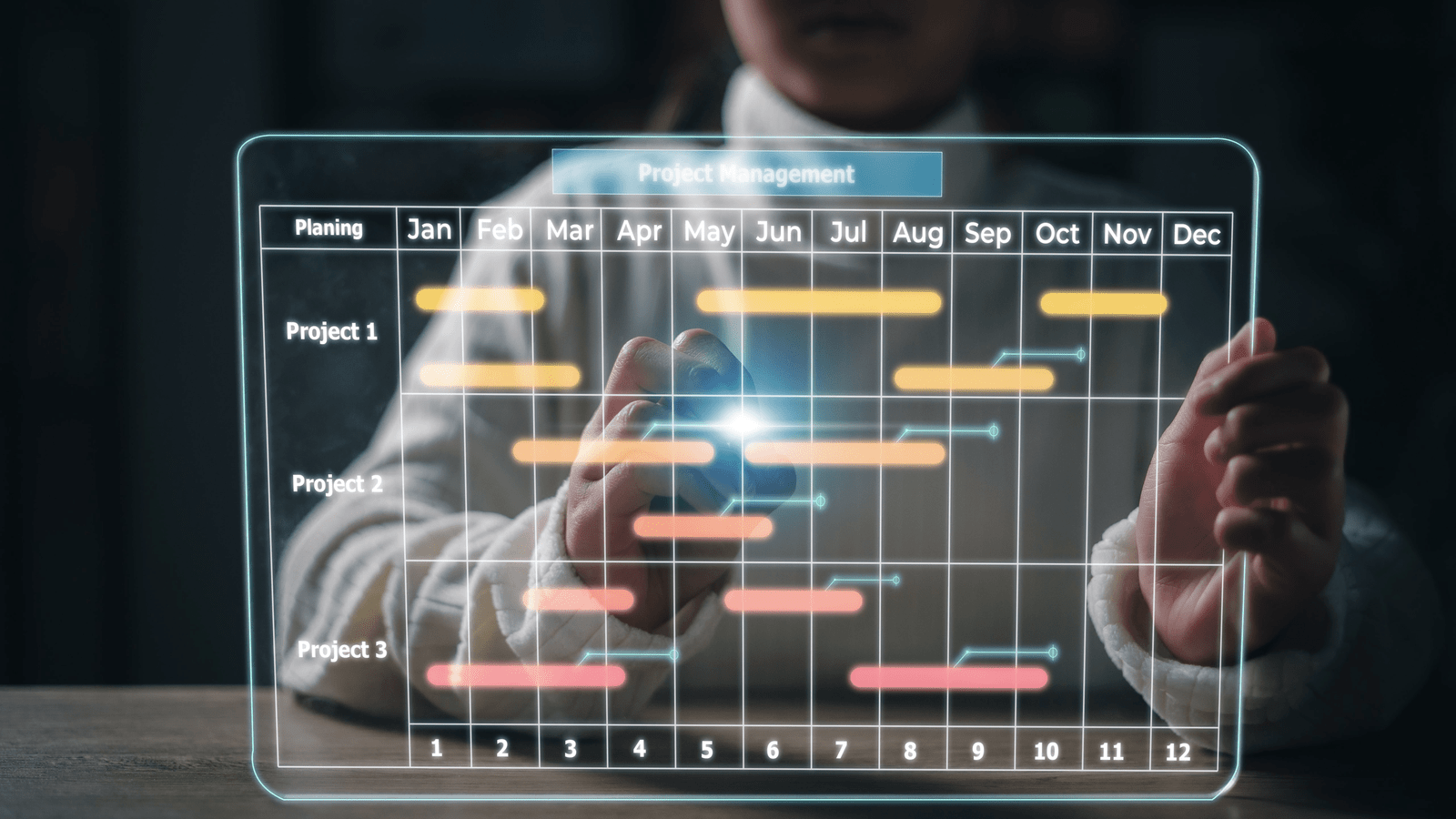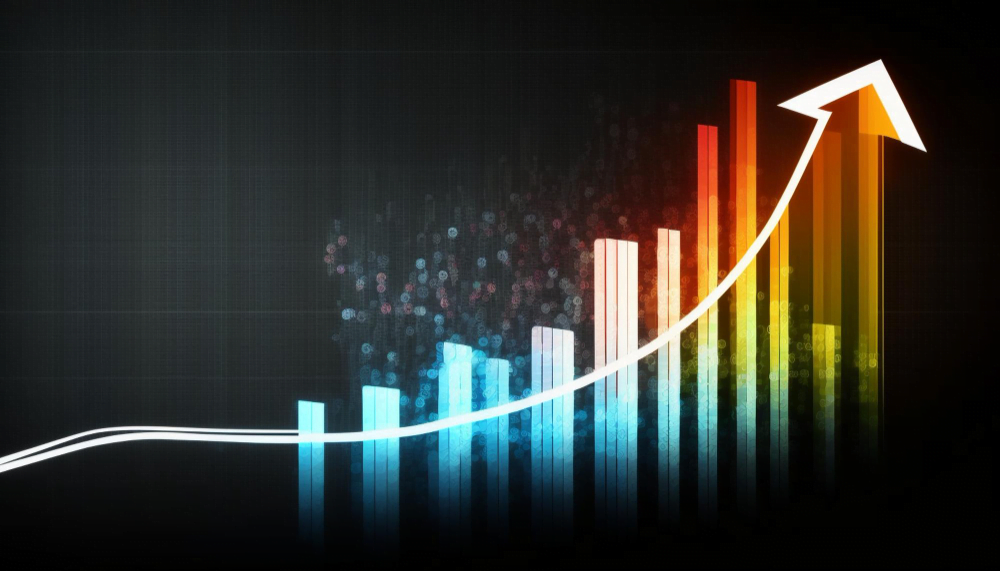In the ever-evolving world of digital communication, the success of social media posts can hinge on one critical factor: timing. Posting when your target audience is most active online increases your chance of engagement. This article will explore the best times to post on various social media platforms to get maximum exposure and engagement.
Understanding Your Social Media Platform
Not every social platform is created equally. Each one has a unique user base, a distinct peak time when engagement is highest, and its own set of algorithms that affect content visibility. Facebook, for instance, differs greatly from Twitter in terms of user behavior and peak engagement times. Thus, a clear understanding of each social media platform is crucial for your posts’ success.
Sprout Social, a leading social media management tool, suggests different peak hours for each platform based on collected data. This is complemented by research from the American Marketing Association and Pew Research Center, both of which have extensively studied social media usage.
The Power of Early Morning Posts

There is a consistent pattern across most social media platforms: the early hours often see a significant spike in social media usage. This can be attributed to people checking their social media accounts first thing when they wake up, even before their morning coffee. However, depending on the audience’s time zone, these early mornings can be relative. Data collected from various studies suggest that early posts tend to garner the most engagement.
For example, Facebook posts shared between 7 AM and 9 AM, just as people are beginning their day, tend to garner higher engagement rates. Similarly, on Twitter, posts shared in the early hours of the morning often see higher engagement due to morning commuters scrolling through their feeds.
The Impact of Social Media Usage Trends on Posting Times
Understanding your audience’s social media usage habits is key to developing an effective posting schedule. According to a report by the American Marketing Association, the average user spends about 2 hours and 22 minutes per day on social media. These hours are typically fragmented throughout the day, usually during breaks or free time.
Early afternoon, around lunch break, is another peak time to consider for your social posts. Users often check their social media accounts during their break, leading to an increase in user engagement. The early evening hours, particularly between 7 PM and 9 PM, are also ideal, especially for Pinterest users who actively engage with posts during this time.
Crafting the Perfect Social Media Timetables

Creating a perfect social media timetable requires a balance between general guidelines and specific audience insights. The best times mentioned above are broad strokes; they may not apply directly to your specific target audience. Your audience’s time zone, work schedule, and unique usage habits should all inform your posting schedule.
For instance, the best times for maximum engagement on Facebook are Wednesday at 11 AM and between 1 PM – 2 PM. According to Sprout Social’s data science team, this is when Facebook posts generate the most consistent engagement.
The best time to post on Instagram for maximum engagement, according to the study, is on Tuesday from 2 PM – 3 PM. Posting during these peak hours aligns your content with the highest user activity periods, increasing your chances of engagement and exposure.
Platform-Specific Insights

When it comes to optimizing your social posts for maximum engagement, understanding the unique dynamics of each social media platform is crucial. This includes the platform’s peak hours, user behavior, and other platform-specific factors.
Facebook Posts: Tailoring for a Global Audience
Facebook, the largest social media platform, has over 2.8 billion active users. Facebook posts have a wider reach and the platform’s diverse audience presents an opportunity for social media marketers to cater to various demographic groups.
Understanding the Facebook algorithm is crucial to maximizing engagement. The algorithm prioritizes personal interactions and engaging content. Thus, posts that provoke conversations or reactions are given more prominence.
The best times to post on Facebook, according to Sprout Social, are on Wednesdays at 11 AM and between 1 PM – 2 PM. These are the peak hours when most people check their Facebook feeds, usually during lunch breaks and the mid-workday slump.
Keep in mind, these are general guidelines. Your brand’s best times to post may differ based on your specific audience, their time zones, and their Facebook usage habits. Leveraging Facebook’s audience insights can be invaluable in this regard, providing data on when your audience is most active online.
Instagram: A Haven for Visual Content
Instagram, as a primarily visual platform, has unique behaviors. According to study, the best times to post on Instagram are Tuesday, Wednesday, and Friday at 11 AM and Monday to Friday from 2 PM – 3 PM. However, considering Instagram’s global audience, it’s important to align these times with your audience’s time zone.
Interestingly, Instagram engagement tends to dip during the early morning hours and picks up as the day progresses, peaking in the early afternoon. This is due to the user behavior pattern on Instagram, where people tend to browse through the app during their lunch break or free time.
On Instagram, engaging content is key. High-quality images, short videos, and posts that invite user interactions tend to perform better. Additionally, utilizing Instagram stories and reels can be a smart move to maximize engagement.
Twitter Users: Navigating the Real-Time Conversation
Twitter, the platform known for real-time updates, has over 330 million active users. The lifespan of a tweet is notoriously short, making timing critical for your tweets to make an impact.
The nature of Twitter users is such that they are often on the platform for quick updates, news, and trending topics. Early mornings, lunch breaks, and evening hours, when people have free time to catch up on the day’s events, are generally the peak times.

According to Sprout Social, the best times to tweet for maximum engagement are on Wednesdays and Fridays at 9 AM. This timing coincides with the early morning work commute when Twitter users are often scrolling through their feeds. As always, consider your audience’s time zone when scheduling your tweets.
TikTok: Capitalizing on the Viral Video Trend
TikTok, a platform known for its short, entertaining videos, has seen a tremendous surge in user engagement. According to the data collected by the American Marketing Association, the peak times for TikTok posts are early morning and early evening, at 6 AM and 7 PM Central European Time.
TikTok’s unique algorithm prioritizes content that keeps users on the platform for longer, so creating engaging videos that hold the viewers’ attention is key. Remember, the most successful brands on TikTok are those that understand the platform’s trends and tailor their content accordingly.
YouTube: Harnessing the Power of Video
YouTube audiences tend to engage more during the evening hours. According to data, the best time to post videos on YouTube is on Wednesday and Friday between 2 PM and 4 PM. During these times, users are often looking to unwind with video content, whether it’s educational, entertaining, or inspiring.
Given YouTube’s algorithm, which recommends videos based on a user’s past data and viewing behavior, posting consistently and maintaining high-quality content is key to getting your videos noticed.
LinkedIn: Catering to Professionals
LinkedIn, as a professional social network, has a different usage pattern compared to other platforms. According to the data collected, the best time to post on LinkedIn is Wednesday between 8 AM and 10 AM and noon. These peak times align with the professional habits of LinkedIn users, who tend to check the platform before work, during lunch breaks, and just after work hours.
It’s important to note that the content that does well on LinkedIn is often industry news, professional advice, and job postings. Tailoring your posts to meet these preferences can significantly boost your engagement rates on LinkedIn.
Pinterest Users: Riding the Wave of Inspiration
Pinterest is a unique platform where users come to discover new ideas and gain inspiration. Unlike other platforms, Pinterest users are most active online during the early evening hours, from 7 PM to 9 PM.
Pinterest’s peak times suggest that users prefer to engage with content during their leisure hours, often seeking inspiration or researching ideas. The most successful Pinterest posts are those that provide value to the users, whether it’s in the form of DIY projects, recipe ideas, or style inspiration.
Remember that Pinterest, like other platforms, has its algorithm. The Pinterest algorithm prioritizes fresh, relevant content and personalizes user’s feeds based on their past interactions. Therefore, consistently posting new, engaging content is key to maximizing engagement on Pinterest.
By taking these platform-specific insights into account, you can tailor your social media strategies to align with the habits and preferences of users on each platform. This can significantly boost your engagement rates and help you get the most out of your social media efforts.
Role of Content Type

Images
Images often garner more attention and engagement compared to text-based posts. They are quickly digestible and can convey your message effectively within a short span of time. Therefore, they can be effective during peak hours when competition for attention is high.
Videos
Videos are becoming increasingly popular on all social media platforms, especially on Facebook and Instagram. However, they require more of the user’s time and attention. Post videos during non-peak hours when users have more free time to engage with longer content.
Text and Links
Text-based posts or posts with links often work well during the mid-morning and early afternoon when users are likely to spend more time reading and exploring.
Diving Deeper: Understanding Social Media Algorithms
Social media algorithms play a key role in deciding the visibility of your social posts. These algorithms prioritize posts based on a user’s past interaction with content, the relevance of the post, and the post’s timeliness. Hence, social media managers need to understand these algorithms to tailor their social media calendars effectively.
Facebook’s algorithm, for instance, prioritizes meaningful interactions. Posts that drive conversations or provoke reactions are likely to be given more prominence. Twitter, on the other hand, is all about real-time engagement. Breaking news, trending topics, and real-time events often get the most traction on this platform.
Changes in Algorithms
Social algorithms are constantly changing and evolving. These changes can affect how your posts are displayed and who sees them. Staying updated on these changes is essential for social media managers to ensure maximum exposure and engagement.
For example, Instagram’s shift from a chronological feed to an algorithm-based feed dramatically altered the best time to post. With this change, posts with more engagement were given priority, highlighting the importance of posting when your audience is most active online.
Importance of Consistency

Being consistent with your social posts not only helps maintain your social media presence but also builds trust with your audience. Users look forward to their favorite brands’ posts, and consistent posting ensures that you stay on top of their minds.
By developing a consistent schedule, you can also train your audience to anticipate your posts. This practice can lead to increased engagement rates, as social media users are more likely to interact with your posts if they expect them.
Impact of Events and Trends
Current events and trending topics can significantly affect the best time to post on social media. If there is a major event or breaking news relevant to your brand, it’s often beneficial to post during that time to maximize social media engagement.
Trending hashtags and viral challenges also present an opportunity for brands to gain exposure. Incorporating these trends into your social posts can help boost engagement and visibility. However, it’s crucial to ensure that these trends align with your brand identity to maintain authenticity.
Leverage Your Own Data

General insights are valuable, but nothing beats your own data when it comes to perfecting your social media post schedules. Analyzing your past posts and top-performing posts can give you a better understanding of when your audience is most engaged.
Look at your post history and identify which posts got the most engagement. What time were these posts published? See if there’s a pattern. Also, consider the type of post content that resonates with your audience. Is it videos, images, or plain text? For example, YouTube audiences tend to engage more with posts in the evening, when they have free time to watch videos.
Conclusion: An Ever-Evolving Landscape
Remember, the digital landscape is ever-changing. What works today might not work tomorrow. Stay adaptable, continuously test your posting times, analyze your engagement rates, and adjust your posting schedule accordingly.
Moreover, keep in mind that the quality of your post content can make a significant difference. An amazing post will likely generate leads and engagement regardless of when it’s posted. Therefore, while timing is crucial, never compromise on producing engaging content for your audience.
To sum up, the best time to post on social media is when your target audience is most active online. This will depend on the social media platform, the habits of your target audience, and the time zone they reside in. Monitor your audience engagement, adjust your social media calendar based on the data, and you’ll be on your way to crafting successful social media strategies.
With the right strategy, you’ll be able to convert those peak hours into peak engagement, turning your social media posts into a powerful tool for building a successful brand.
Take Control of Your Social Media Strategy with RTP Social Solution

You now understand the power of perfect timing on social media, but do you have the right partner to help you execute a winning strategy?
At RTP Social Solution, we turn insights into action. We take the guesswork out of social media marketing, providing tailored strategies that take into account your unique audience and objectives. We leverage our expertise in data analysis, platform algorithms, and audience engagement to ensure your content reaches the right people at the right time, every time.
Our AI-powered social media content calendar is also designed to maintain a cohesive and consistent brand voice, ensuring that your message resonates effectively across all platforms and time zones.
Are you ready to take your social media marketing to the next level? Let us help you tap into the true potential of your brand. Get in touch with us at RTP Social Solution today and start making every post count.
Don’t just post—post with purpose. Your perfect social media timetable awaits!




